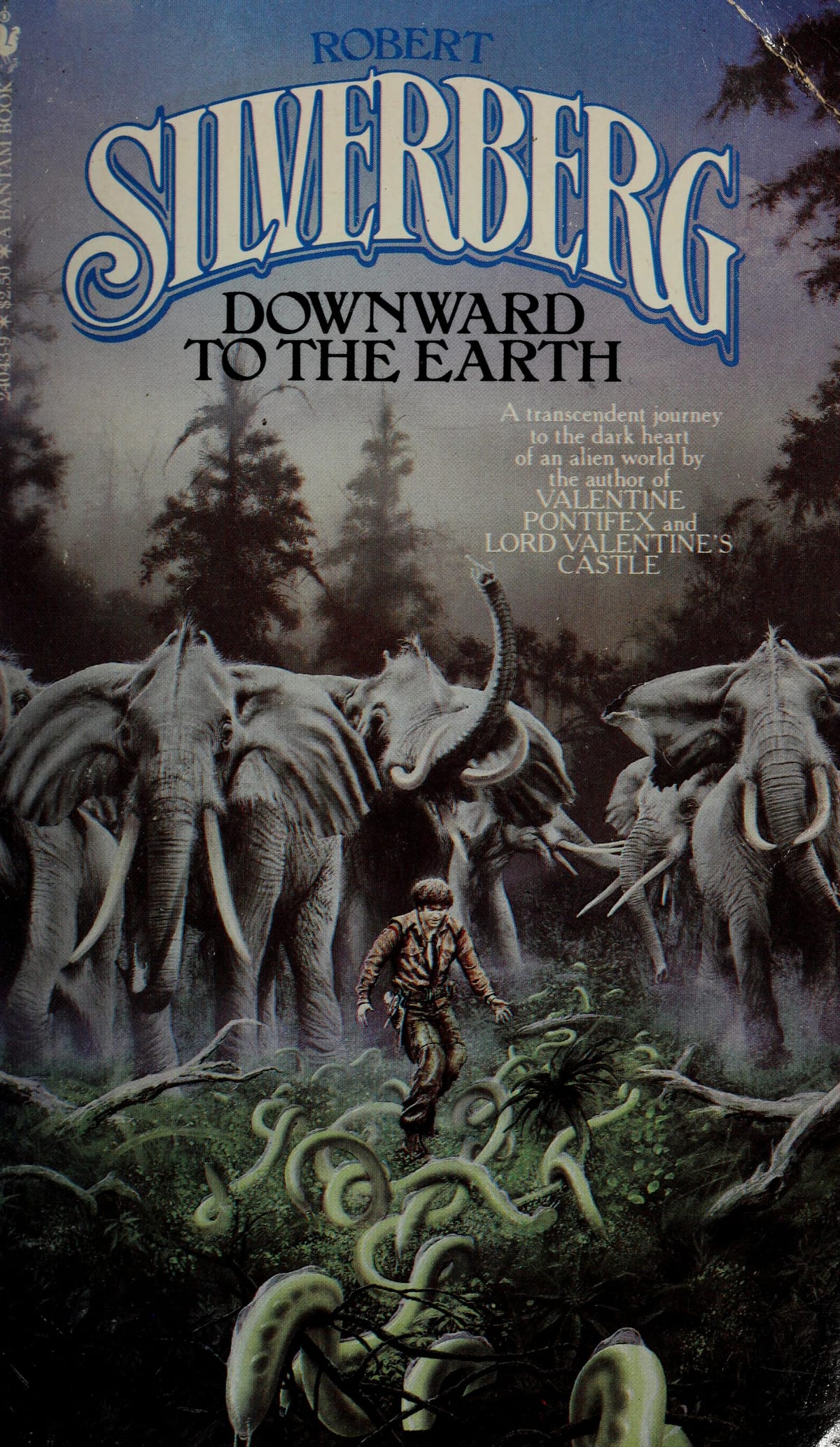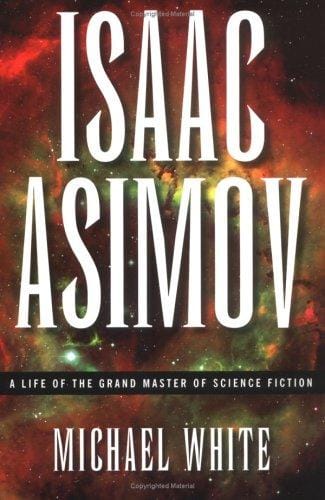Exploring Robert Silverberg’s “Downward to the Earth”: A Timeless Journey of Guilt, Redemption, and Alien Mysticism
Explore Robert Silverberg’s classic novel “Downward to the Earth,” a dazzling blend of colonial critique, ecological wonder, and spiritual awakening.

Introduction to “Downward to the Earth”
Robert Silverberg’s 1970 novel “Downward to the Earth” stands as one of the most thought-provoking works in classic science fiction. Set on the luxuriant planet Belzagor, the story invites readers to grapple with colonization, spirituality, and the limits of human understanding. Although more than five decades old, its themes remain strikingly relevant to modern conversations about ecological stewardship and cultural humility. This article offers a spoiler-lite overview, digs into major motifs, and explains why the book deserves a spot on every speculative-fiction lover’s reading list.
Plot Summary: A Return to Belzagor
The novel follows Edmund Gunderson, a former Terran administrator who oversaw Belzagor during Earth’s colonial occupation. After the planet has been handed back to its indigenous species—the elephant-like Nildoror and the enigmatic, elephant-seal hybrid Sulidoror—Gunderson returns, driven by lingering guilt over his past policies and a longing for personal atonement. His journey unfolds as both a literal trek through steaming jungles, mist-shrouded plateaus, and bioluminescent swamps, and a metaphysical quest for forgiveness.
Gunderson soon discovers that the Nildoror undergo a mysterious ritual of rebirth at the mountain Nadir Crater. Determined to witness and perhaps share in this transformative experience, he travels alongside diverse companions: Kurtz, a former colleague spiraling into obsession; Seena, an ex-lover searching for her own meaning; and Jeff Kurtzman, a cynical biologist. Each character brings different baggage, illuminating multiple facets of colonial guilt and spiritual yearning.
Key Themes and Analysis
Colonialism and Moral Reckoning
At its core, “Downward to the Earth” is a meditation on the aftershocks of imperialism. Silverberg wrote during the Vietnam era, when Western nations were confronting uncomfortable truths about overseas interventions. Gunderson’s remorse mirrors society’s collective guilt, forcing readers to question whether apology alone can heal deep cultural scars.
Spiritual Transformation
The novel’s title hints at a descent into humility—a journey downward to reclaim humanity’s place among other sentient beings. The Nildoror rebirth ritual echoes Hindu and Buddhist notions of reincarnation, while the hallucinatory trek resembles a psychedelic vision quest. Silverberg, who had recently explored transcendental meditation, imbues the narrative with a sincere curiosity about non-Western spiritualities.
Ecological Awareness
Belzagor’s lush biosphere feels vibrantly alive, almost a character in its own right. From iridescent insects to sentient flora, the world underscores the complexity of ecosystems threatened by human exploitation. Silverberg’s lyrical descriptions forecast today’s eco-fiction and caution us against repeating Gunderson’s mistakes on our own planet.
Memorable Characters
Gunderson dominates the story, yet secondary characters provide essential counterpoints. Kurtz represents the inability to relinquish power; his descent into madness illustrates how colonial arrogance can corrode the soul. Seena, meanwhile, challenges gender norms of 1970s science fiction by asserting agency and pursuing her own spiritual path. Even the seemingly inscrutable Nildoror emerge as multifaceted, compassionate beings whose wisdom surpasses their human guests.
Legacy and Influence
Though less commercially famous than Silverberg’s “Dying Inside” or “Lord Valentine’s Castle,” “Downward to the Earth” exerts a quiet but enduring influence. Critics frequently compare it to Joseph Conrad’s “Heart of Darkness,” noting shared themes of journeying upriver to confront internal darkness. Contemporary authors—such as Nnedi Okorafor and Jeff VanderMeer—echo Belzagor’s blend of ecological wonder and colonial reckoning in their own work. The novel also predates the modern concept of post-colonial science fiction, helping pave the way for voices that challenge imperial narratives.
Why Read the Novel Today?
Readers seeking classic science fiction that probes philosophical questions will find “Downward to the Earth” richly rewarding. Its brisk 200-page length belies the depth of its commentary on personal responsibility, environmental ethics, and cross-cultural empathy. Book clubs can mine countless discussion points: Is redemption possible without explicit forgiveness? How do we balance scientific curiosity with respect for indigenous beliefs? And how do we confront our complicity in systems of exploitation?
Moreover, Silverberg’s prose has aged gracefully. While some terminology reflects its era, the author’s vivid sensory details transport readers to alien vistas that rival today’s cinematic spectacles. Belzagor’s sulfurous waterfalls, carnivorous lilies, and color-shifting skies continue to dazzle the imagination, reminding us that print fiction can evoke worlds even CGI struggles to match.
Tips for New Readers
1. Approach with an open mind: The book’s spiritual dimension may challenge purely rationalist perspectives.
2. Savor the setting: Take notes on the flora and fauna; they symbolize internal states as much as external hazards.
3. Pair with related reading: Joseph Conrad’s “Heart of Darkness,” Ursula K. Le Guin’s “The Word for World Is Forest,” and Chinua Achebe’s “Things Fall Apart” provide fruitful contrasts.
Conclusion
“Downward to the Earth” proves that great science fiction does more than predict technology; it interrogates humanity’s ethical trajectory. By weaving colonial critique, ecological reverence, and spiritual introspection into a taut adventure narrative, Robert Silverberg crafted a novel that feels remarkably contemporary. Whether you’re a long-time fan revisiting Belzagor or a newcomer seeking a thought-provoking read, descending—figuratively, at least—toward this evocative Earth is a journey well worth taking.



